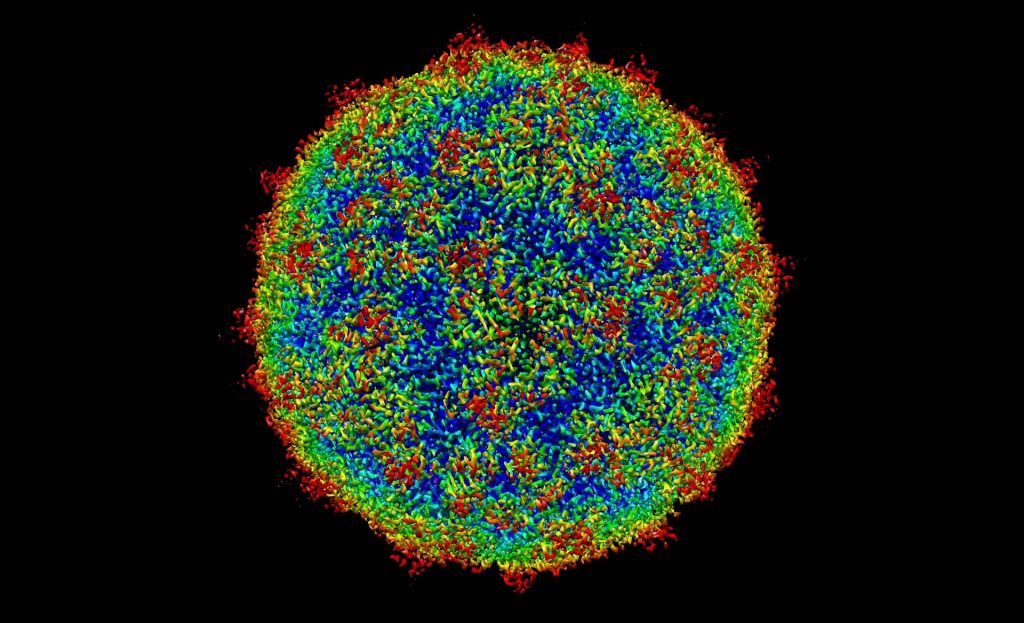Written by Johnny Garcia and Edited by Ashima Seth

As of August 2017, there were more than 114,000 people on the national transplant waiting list according to the U.S. Department of Health & Human Service. Sadly, only 34,770 transplants were performed in 2017, which reflects the existing organ shortage for transplants [1]. Aside from the organ shortage, there is always a demand to replace damaged and injured tissue due to diseases, physical accidents, or congenital defects. Up until this century, the clinical strategy primarily focused on treating symptoms because there was no alternative [2]. However, the emerging field of Regenerative Medicine promotes improving how the body repairs itself, thus providing a new source of tissues and organs for replacement. One such promising source of regenerative material for early clinical applications is human pluripotent stem cells (hPSCs) [3].
The human body is a complex organization of tissues and organs, all formed by building blocks called cells. Unlike specialized cells that are already differentiated, or have specific roles in the body, stem cells are unspecialized and have the capability of developing into different cell types of the body. Therefore, hPSCs have the properties to be a potential platform for cell therapy and be a possible alternative to organ transplantation, but there is a risk of the undifferentiated remnants becoming cancerous and forming tumors [3]. Therefore, current efforts in the arena of regenerative medicine involving hPSC technologies are focused on the improvement of transplant therapies by selectively killing undifferentiated hPSCs.
One of these innovative approaches focuses on the process of viral vector transduction with oncolytic viruses. In simple terms, every cell is like a factory, in which the genetic material acts as a ‘blueprint’ for each of its products. Viruses have evolved elegant strategies to enter specific cells. In a process called transduction, viruses introduce their genetic material as the blueprints into the host cell in order to replicate profusely, causing the cell to rupture and the virus to spread. The effectiveness of using viruses to carry genetic material and infect specific cells led to the development of viral vectors, which are genetically modified viruses that do not cause disease but function as carriers of new genetic material [4]. As a result of the specificity and modifiable characteristics of viral vectors, a novel strategy of selectively killing hPSCs that are capable of, or tend to form, tumors has emerged through oncolytic virotherapy [3]. Oncolytic viruses are engineered to deliver genetic blueprints that allow them to selectively replicate in and kill cancer cells without harming normal tissues [5]. Therefore, specialized oncolytic viruses, such as Surv.m-CRA and Tert.m-CRA, provide researchers with effective means for killing undifferentiated tumorigenic cells in the lab before clinical applications.
Although transplantation of regenerative material is at its infancy, ensuring safe cell therapy with innovative approaches such as oncolytic viruses has the potential to allow for further clinical development. Ultimately, the goal of regenerating functionally complex organs is still far-off and controversial, but there is the shared hope that regenerative medicine applications will save lives once it is possible [6].
References:
- (2016) Organ Donation Statistics. Organdonor.gov. https://www.organdonor.gov/statistics-stories/statistics.html
- What Is Regenerative Medicine?. Mirm.pitt.edu. https://www.mirm.pitt.edu/about-us/what-is-regenerative-medicine/
- K, Mitsui., K, Ide., Kl, Kosai. (2017) Viral Vector-Based Innovative Approaches to Directly Abolishing Tumorigenic Pluripotent Stem Cells for Safer Regenerative Medicine. Molecular Therapy: Methods & Clinical Development. 5: 51-58.
- How does gene therapy work? Ghr.nlm.nih.gov. https://ghr.nlm.nih.gov/primer/therapy/procedures
- Fukuhara, Hiroshi., Ino, Yasushi., Todo, Tomoki. (2016) Oncolytic virus therapy: A new era of cancer treatment at dawn. Cancer Science. 107: 1373-1379
- Jain, Aditya., Bansal, Ramta. (2015) Applications of regenerative medicine in organ transplantation. Journal of Pharmacy & Bioallied Sciences. 7: 188-194.